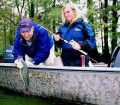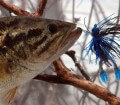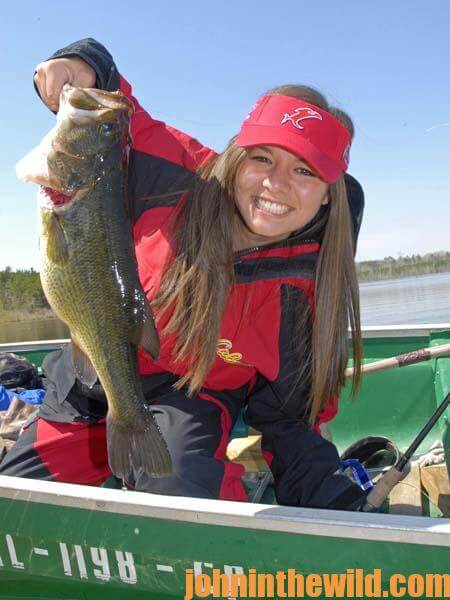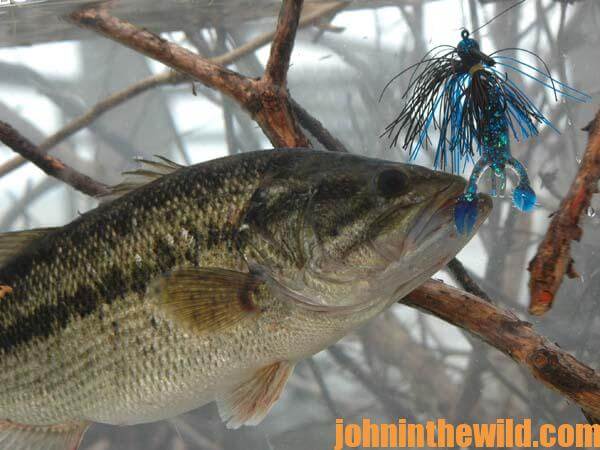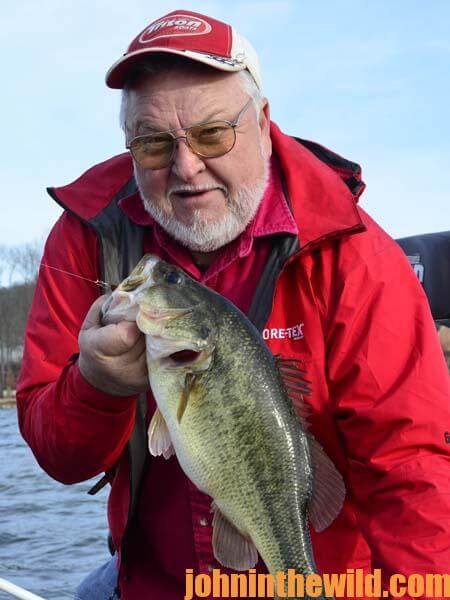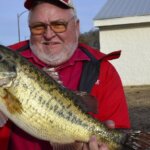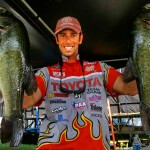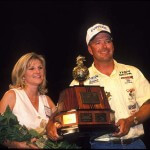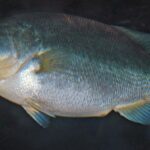For winter bass fishing, you seldom can beat a jig for success.
During the colder months, bass generally avoid chasing baits because they want to conserve their energy and inhale the bigger baits that pass close to their mouths. Choose the bulky, slow-moving jig for the perfect selection to entice the bass at this time because this bait meets all the bass’ winter-feeding needs.
At this time of year, bass often school-up on deep-water ledges, points and cover. Once you locate a school of bass, you can drop the jig on top of their heads, and cause the fish to react instinctively and take the bait. A few of my favorite places to catch bass on a jig during the winter months include:
* main river points. On any lake you plan to fish this winter, you consistently will locate bass holding on main river points, especially on the downcurrent side. But to catch these bass on the points, you must determine the depth where the bass hold. By fishing a jig around the points, casting to shallow water and hopping the jig toward deep water, you usually can pinpoint bass and catch them easily with a jig.
* wood cover. Bass concentrate next to wood cover because they find the water in these areas often a degree or two warmer than the water in the rest of the lake. Also, pitch, flip or swim a jig to bass holding tight to blown-down trees and logs floating in the water to catch numbers of bass.
* concrete and rocks. Jig fishermen also target riprap along the edges of bridges and bridge pilings. You’ll find plenty of bass near concrete bridge pilings on the edge of creek channels where the lip of the break comes in contact with a vertical structure that breaks the current and reflects the heat.
* shallow water next to deep water. On warmer days during January and February, bass often will move up to shallow water near deep-water drop-offs. By casting a jig into this shallow water, swimming or hopping it close to the bottom and over the lip of the break, you may discover bass hot spots.
The Versatility of the Jig
You can modify a jig to fall very slowly or fast. The bulkier and fatter the jig and the lighter the head, the slower the bait will fall. The heavier the head and the more-streamlined the bait, the faster it will fall. If you want to get a reaction strike from bass that don’t want to bite like bass in the cold months, you may want to use a heavy jig with a slim profile. The bass will bite this type of jig when you drop it close to them. When a cold front moves onto a lake and bass bury-up in thick cover, a slim-profile, heavy-headed jig can punch through the cover and trigger a strike. When you fish clear water with vegetation, you may select a bulkier jig that will fall slower and give the bass more time to spot the lure and move toward it.
To learn more about bass fishing, get John E. Phillips’ Kindle eBooks and some print books, “How to Bass Fish Like a Pro,” “How to Win a Bass Tournament,” “Catch the Most and Biggest Bass in Any Lake: 18 Pro Fishermen’s Best Tactics, “Hot Weather Bass Tactics” and “How to Become A Tournament Bass Fisherman.” Click here to get these books.
About the Author
John Phillips, winner of the 2012 Homer Circle Fishing Award for outstanding fishing writer by the American Sportfishing Association (ASA) and the Professional Outdoor Media Association (POMA), the 2008 Crossbow Communicator of the year and the 2007 Legendary Communicator chosen for induction into the National Fresh Water Hall of Fame, is a freelance writer (over 6,000 magazine articles for about 100 magazines and several thousand newspaper columns published), magazine editor, photographer for print media as well as industry catalogues (over 25,000 photos published), lecturer, outdoor consultant, marketing consultant, book author and daily internet content provider with an overview of the outdoors.

